Ancient Greek architecture at Olympia shaped the birth and evolution of the Olympic Games, influencing modern architectural practices.
Ancient Greece’s architectural legacy, epitomized by the grandeur of its public buildings at Olympia, reflects the origins of the Olympic Games. Initiated in 776 BC to honor Zeus, these games combined athletic competition with architectural magnificence, influencing global sporting events for centuries.
The Temple of Zeus, built around 470-456 BC, later became the central venue for ceremonies like the lighting of the Olympic Flame. It evolved alongside simpler early structures such as the Temple of Hera and the stadium. These structures exemplify Greek principles of proportion and balance rooted in the Golden Ratio, reflecting divine harmony in spiritual and social life.
Centers of civic life like agoras, theaters, and gymnasiums further embodied Greek architectural excellence, marked by geometric precision and human-centric motifs. This enduring legacy, integral to the ethos of the Olympics, continues to inspire modern architecture worldwide. Athens, hosting the first modern Olympics in 1896, bridges ancient tradition with contemporary sporting and architectural achievements.
In this article, we explore the profound influence of the Olympic Games on global architectural heritage.
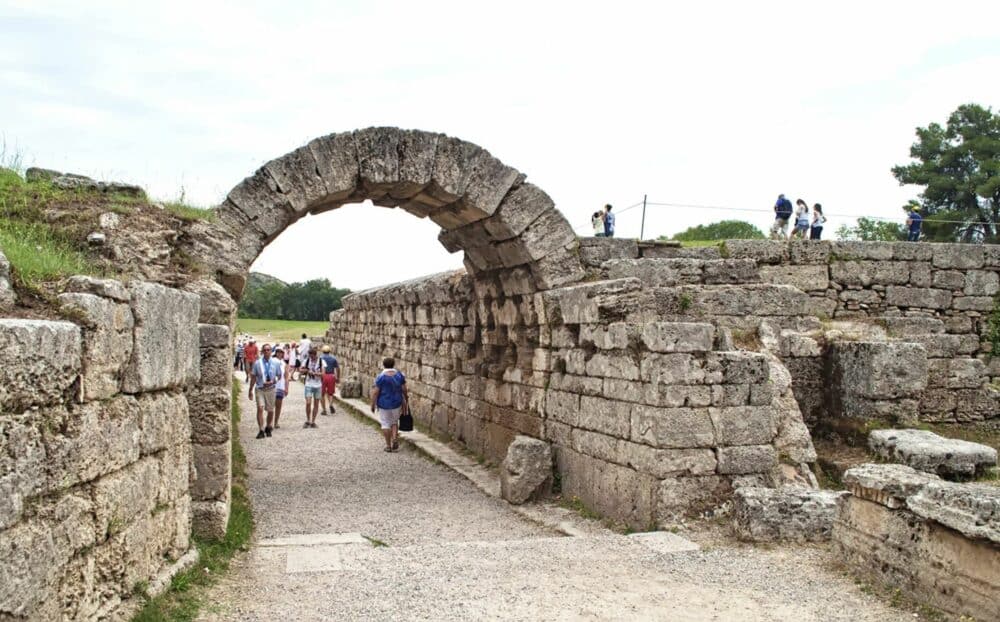
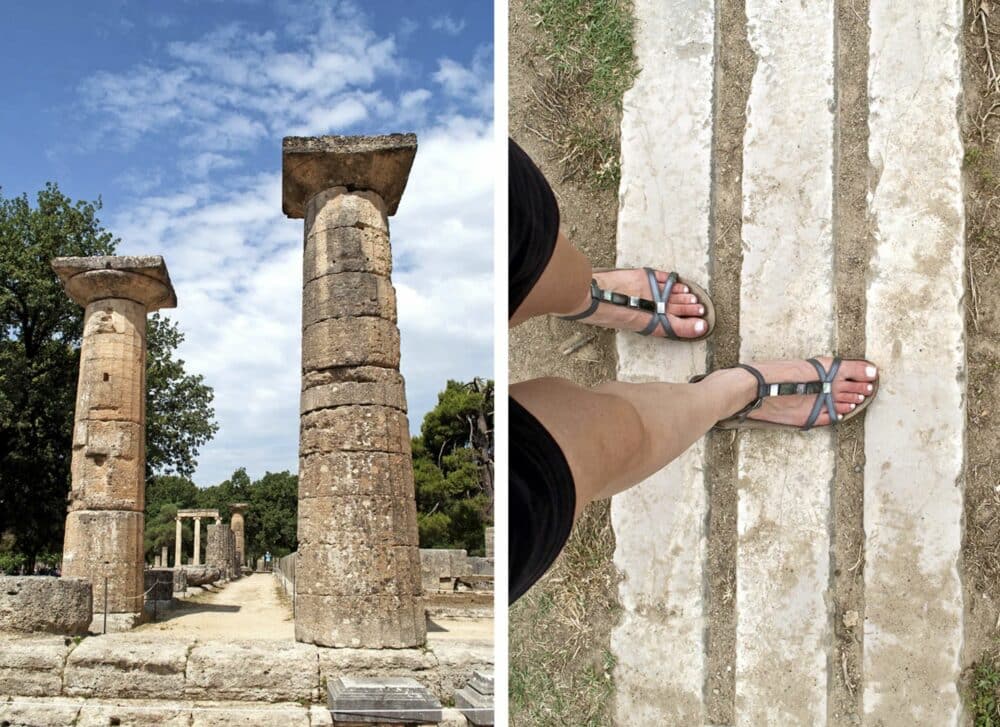
The Timeless Influence of Ancient Greek Architecture: From Philosophy to Sustainable Modern Design
Ancient Greek architecture’s profound impact on philosophy, mathematics, and design, showcased in structures like the Parthenon with its meticulous use of the Golden Ratio, underscores its enduring influence. This legacy extends to Greek mythology’s transformation into enduring cultural symbols and critiques of modern Olympic architecture, emphasizing the need for sustainable designs that benefit communities beyond the event itself.
“In ancient Greek architecture, every column and every proportion was a testament to the deep understanding of mathematics and philosophy,” Dimitris Karampatakis said in an interview with ArchiExpo e-Magazine, discussing his work on Hotel Manna.
He identified the Parthenon as the quintessential representation of classical architecture. The Parthenon’s layered history exemplifies the accumulation of knowledge and the integration of various architectural elements.
He explained that the ancient Greek Olympics were a unifying force among city-states, promoting peace and cultural cohesion. This tradition of unity through sports continues today, though the architecture for modern Olympics has sometimes been short-sighted, as seen in Athens 2004, compared to more sustainable designs in London 2012.
“I think the London Olympics managed to showcase how you can manage your resources in holding up these games but architecturally built in a way that either you have flexibility, so you make some structures which are ephemeral and you take them down or part take them down and the parts that are staying are of the right scale for the place.”
Karampatakis concluded that Greek architecture is fundamentally about family and human connection, not just temples. It is characterized by its resourcefulness, social structure, and the celebration of human bonds, transcending the iconic but limited image of temples like the Parthenon.
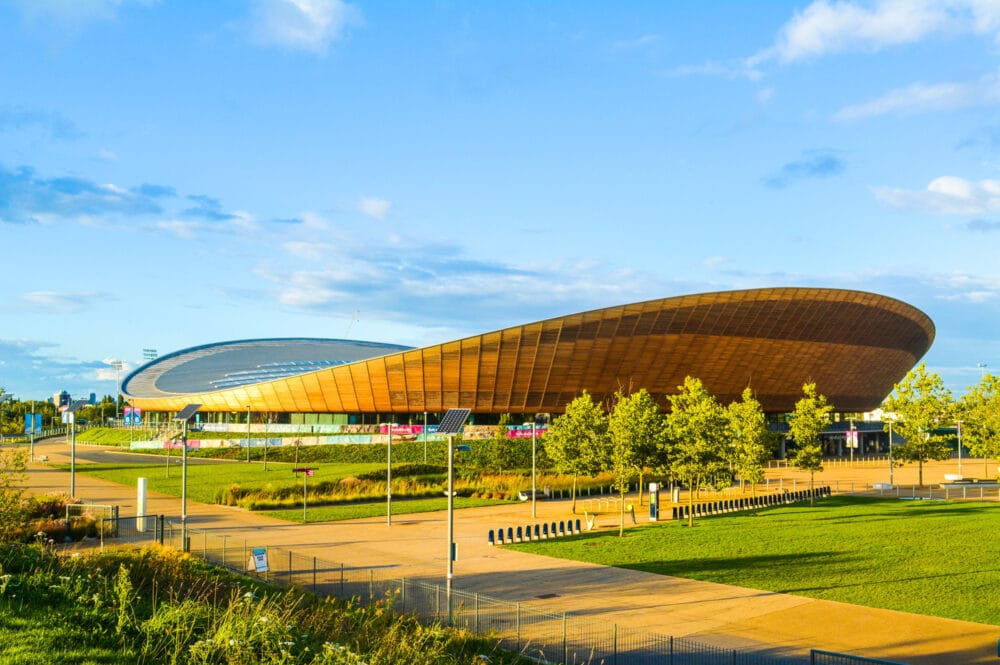
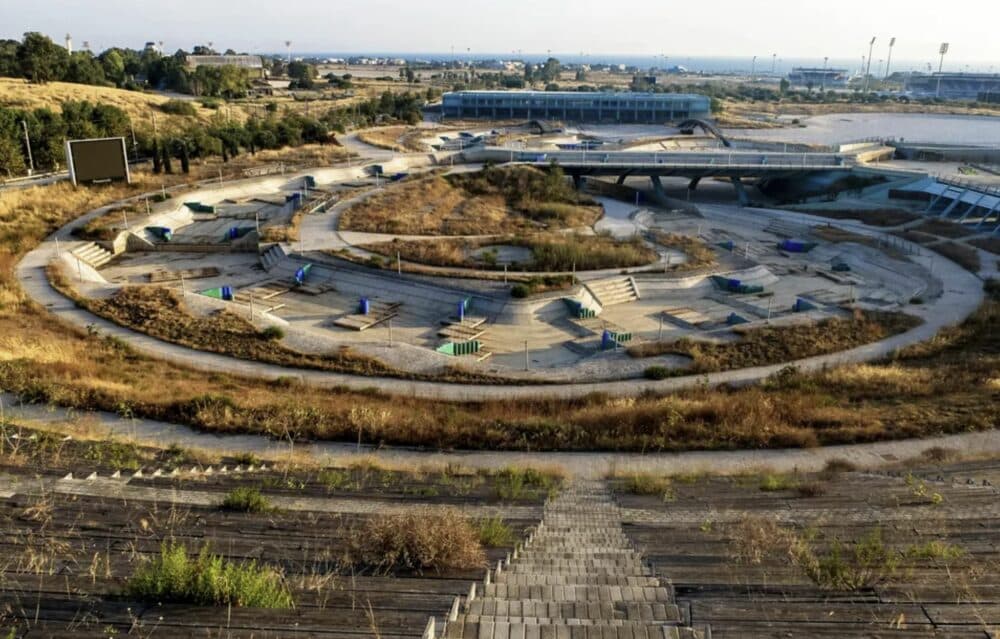
Continuity and Evolution: Modern Interpretations and Contemporary Challenges
Ancient Greek architecture has profoundly influenced Western traditions from Roman adaptations to modern reinterpretations, showcasing a transformation of classical forms into contemporary paradigms that balance aesthetic ideals with practical urban demands in Greece.
“Modern architects idealized the clean forms of the remnants of white marble temples, which had long lost their decorations and vibrant colors, transforming them through texts and interpretations into new paradigms of modernity,” Paris-based, Greek architect Aghis Pangalos said in an interview with ArchiExpo e-Magazine.
He emphasized the non-linear nature of ancient Greek architectural heritage, noting how buildings like the Parthenon underwent various transformations and uses over centuries. After Greek independence, restoration efforts by European and American archaeological schools aimed to reinvent Greek identity and boost tourism, preserving this cultural and ideological legacy.
While mentioning iconic structures like the Acropolis with the Parthenon and Erechtheion, he also referenced lesser-known sites such as the theater at Epidaurus and the archaeological site of Olympia, where the Olympic flame still burns every four years.
“Or sites like the Palace of Knossos in Crete, which offers a fascinating glimpse into the exceptional technical sophistication developed two millennia before our era, which can be particularly impressive.”
Regarding contemporary architecture, he suggested that Greek modern and neoclassical architecture indirectly reference classical Greek forms. He cited Dimitri Pikionis as an example, whose work fused modern architecture with Greek vernacular aesthetics, notably seen in the intricate paving around the Acropolis.
He criticized modern Olympic architecture for its sometimes short-sighted approach, similar to architect Dimitris Karampatakis. The two architects seem to agree in the contrast of the sustainable designs of London 2012 with the challenges faced by Athens 2004, where infrastructure investments often did not meet long-term community needs.
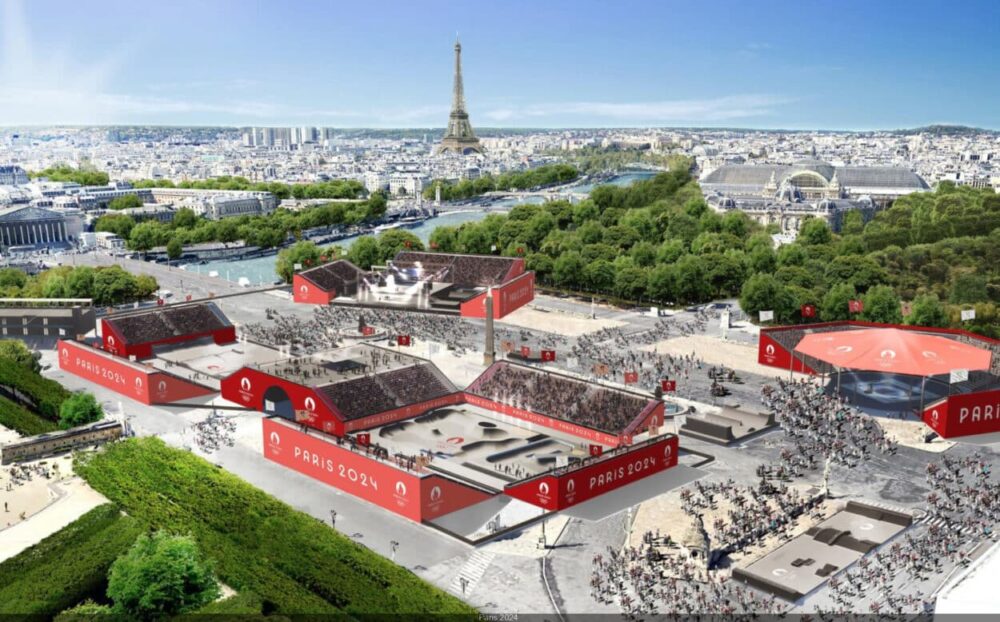

As Paris prepares to host the 2024 Olympic Games, it aims to set a new standard for sustainability in Olympic history. With ambitious plans to power the Athlete’s Village using geothermal and solar energy, alongside doubling the provision of plant-based food options, Paris 2024 underscores a commitment to environmental stewardship.
This initiative aligns with contemporary demands for eco-friendly practices. It continues evolving from ancient ideals of balance and harmony in Greek architecture to modern principles of sustainability and community responsibility. As the world eagerly anticipates the Paris 2024 Games, it serves as a reminder of how ancient legacies can inspire innovative solutions for a more sustainable future.











